VALUE STACKING EXPLAINED
What is value stacking?
“Value stacking” refers to managing a group of Distributed Energy Resources (DERs) to provide multiple energy services with the goal of maximizing economic and operational value. Each additional service adds to the stack of revenue and value.
Here are different types of services that DERs can provide, arranged as a value stack.
-
Ancillary services like Frequency Control allow your DER to provide power to the grid to stabilize grid frequency. In return for providing stabilizing power to the grid, you receive financial compensation.
-
Energy arbitrage markets allow your DERs to export power to the grid for a fixed price over a short time interval like 5 minutes.
-
Utilities create demand response programs to avoid overloading the grid during peak periods. When a demand response event occurs, your facility must decrease the amount of energy drawn from the grid. In return for enrolling in a demand response program, the utility charges you less for energy from the grid.
-
Some facilities have mandates from their owners or from the government to use a certain percentage of renewable energy. For those sites, microgrids with solar and batteries can help meet those regulatory requirements.
-
Governments may provide tax credits or grants to offset the capital costs of installing renewable energy DERs. The Return-On-Investment and payback period for renewables can be dramatically improved with these programs.
-
For facilities on a tariffs with peak demand penalties, onsite DERs can generate power locally, helping the facility avoid setting a new peak demand from the utility
-
When the grid goes down, microgrids can island and provide power to critical loads in your facility, ensuring the facility is resilient & reliable during power outages.
-
Renewable energy DERs such solar and wind, allow owners to increase the sustainability of their energy supply as part of a decarbonization strategy.
-
When the grid energy supplied to a facility's service entrance is limited due to distribution constraints, DERs can be installed onsite to supply the additional required energy. For example, consider a gas station that is adding several new Level 2 EV chargers. If the utility service entrance can't supply enough energy to allow the EV Chargers to run simultaneously, the gas station could add an onsite battery, charging it overnight so that it could deliver the extra power needed during the day when customers want to charge their cars.
-
In some instances, grid capacity constraints prevent onsite DERs from delivering their full potential output. To address this, utilities often impose export limits to avoid overloading the system. However, deploying a Battery Energy Storage System (BESS) at the community level can offer a more effective solution by storing excess local generation for use at a later time.
-
DERs, especially Battery Energy Storage Systems (BESS) can minimize the cost & amount of energy used from the grid. For example, by charging a BESS when energy rates are low (at night), and consuming energy from the BESS during peak hours, you can reduce grid energy costs. Adding Solar into the DER mix also reduces the amount of grid energy consumed.
What are the benefits of value stacking?
Value stacking increases the financial and operational value of a microgrid. There are several ways it does this:
-
Microgrids can reduce energy and associated costs by stacking any of these capabilities: a) islanding during an outage to can keep critical processes running and avoid losses from damage, waste or downtime and b) generating low-cost solar & battery energy to offset peak demand or TOU charges.
-
Microgrids can open up a variety of revenue streams such as: selling energy into energy markets, providing power to regulate grid frequency and renewable energy certificate. By participating in different markets (e.g., energy, capacity, ancillary services) and programs (e.g., net metering, demand response), microgrid owners can stack these value streams to maximize revenue beyond what could be achieved through a single service.
-
The initial capital costs of DER installations can be high. Value stacking improves the economic viability of these investments by shortening payback periods and increasing internal rates of return. By tapping into multiple value streams, DERs can generate consistent revenue that helps offset the upfront costs and operational expenses, making these investments more attractive to investors
-
Many regions offer incentives, subsidies, and supportive regulatory frameworks for the deployment of microgrids, recognizing their potential to contribute to sustainability goals.
-
Just like diversification in financial investments reduces risk by spreading investments across different assets, value stacking diversifies the revenue sources for DER investments. By generating income from multiple services (e.g., energy sales, ancillary services, capacity markets, and demand response incentives), DER owners are less exposed to the financial risk associated with any single market or regulatory change. This diversification stabilizes cash flows and reduces overall volatility in returns.
-
By contributing to various aspects of grid services, DERs enhance grid reliability and resilience. This is increasingly important as the grid evolves to integrate more variable renewable energy sources. Investors in DERs can capitalize on the growing need for flexible resources that can provide grid support services, thereby opening up new revenue opportunities.
